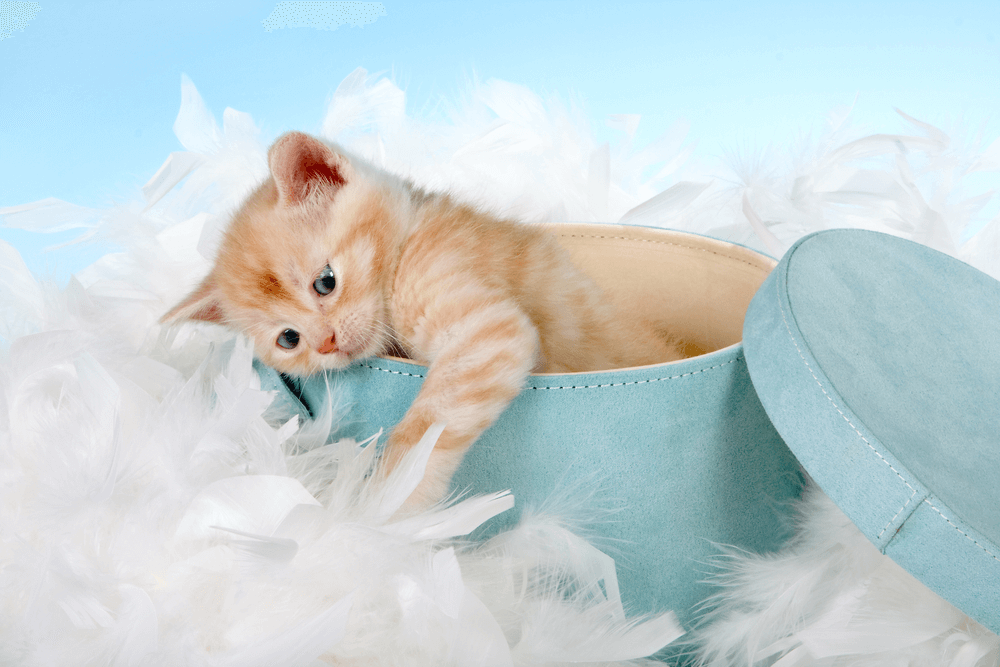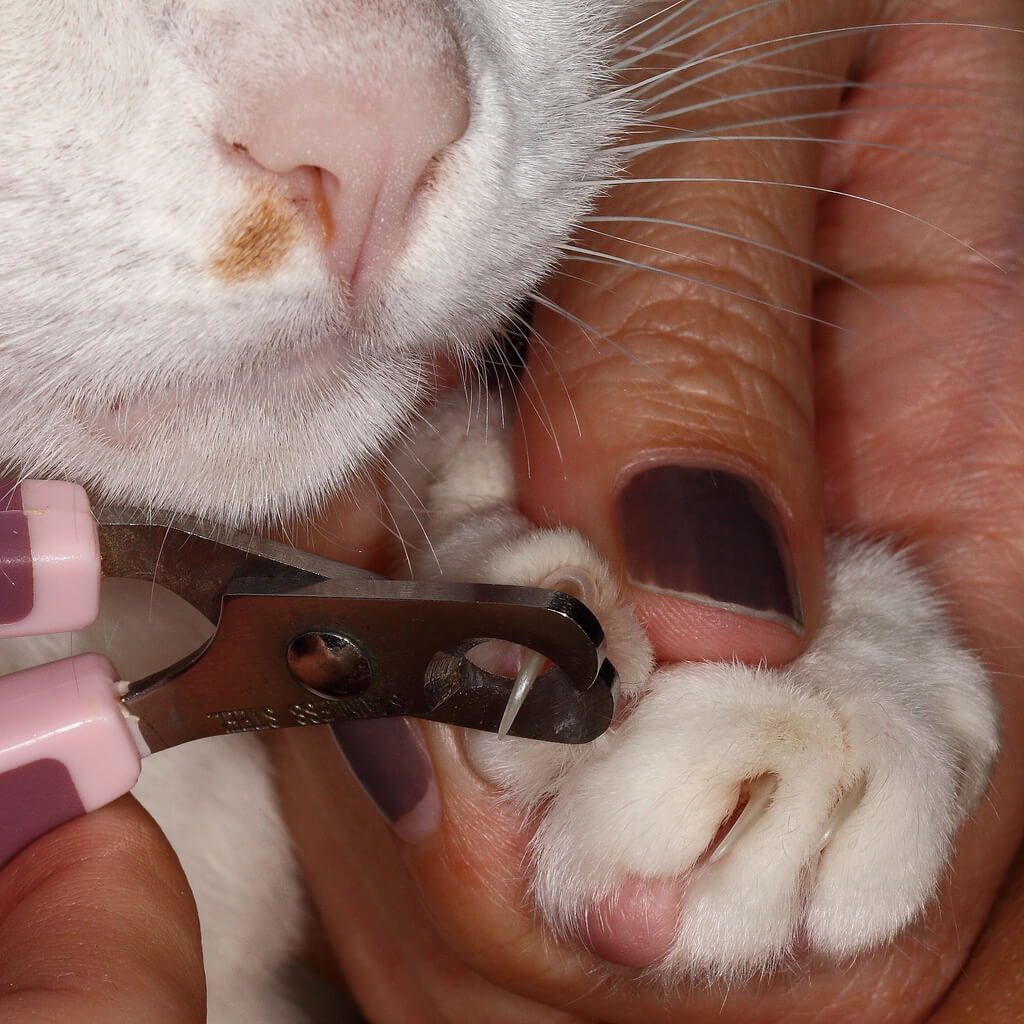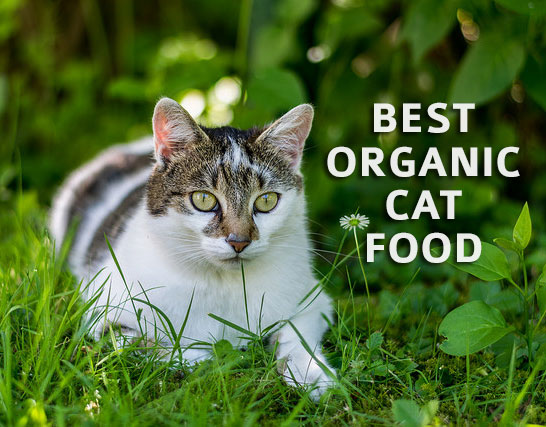
Kittenhood is a unique period that calls for special attention. Kittens are works-in-progress that must receive proper care if they are to achieve their full potential.
See also:
The emotional and physical needs of kittens are very specific and not only impact the present, but also the future.
What happens to your kitten today, for ill or good, defines everything she can expect to be as an adult. So, you need to cherish every moment.
Kittenhood is the foundation upon which affection takes root. With the proper 4-week old kitten care, affection blooms into a lifetime of a shared love for the weeks to come.
How to Feed a 4 Week Old Kitten?
One of the very first things that you have to learn as part of 4 week old kitten care is feeding. This is very critical because she is going through a real rapid growth stage at that point in her life.
It is very important for your kitten’s long-term health that she is fed proper nutrition. There are a few options that you can consider, and they include the following:
Milk Formulas
Usually, a 4 week old would still be sucking her mom’s milk in the wild. When you take in a cat this young, you need a milk replacement that can serve the same purpose as the mom’s milk.
The one thing that we strongly urge you not to do is feed your kitty cow’s milk. According to research, cow’s milk doesn’t have the ideal vitamins and nutrients that a 4 week old needs.
Feline milk has fairly high levels of protein with moderate levels of fat and carbohydrates. Also, cat milk contains whey proteins that are readily digestible.
A bottle fed four week old kitten needs to be fed every six hours. Therefore, you must have a very flexible schedule that can allow you to commit to the time.
One of the best kitten milk replacer brand that we can recommend is KMR Milk Replacer, which is highly palatable, easy to digest, and sterile with zero additives.
Here are the steps that you have to follow when bottle feeding:
- Make sure you follow the guidelines on the formula pack to the latter. The young kitty should suck 32 ml per every 100 grams of weight in a day. You can easily maintain the correct track by using the measurements on the feeding bottle.
- Always make sure she is seated on the stomach and not her back during feeding. It is highly likely that the milk may find its way into the lungs if the kitten is laying on her back during bottle feeding, causing her to asphyxiate.
- You can also try to hold her in an upright position while she is wrapped in a warm towel. You can even have her in your lap on a towel. Settle for an upright position that works best for both of you.
- Face the nipple downwards and allow a drop of milk formula to come out. Then insert the nipple into your kitten’s mouth to start nursing. Ensure that air doesn’t get into the bottle by positioning it at a 45-degree angle. Also, move the bottle back and forth to encourage her to feed.
- Normally, a 4 week old kitty will latch on and start to suckle naturally. Once she has started suckling, allow her to do so at her own pace. Try stroking her back or rubbing her forehead gently if she hesitates to feed.
Here is a table showing the appropriate amounts of formula you are supposed to feed your kitten from the first to the fifth week:
| Age (weeks) | Body Weight (ounce) | Total Formula a Day (cc) | Feedings a Day |
| 1 | 4 | 33 | 9-12 |
| 2 | 7 | 56 | 7-9 |
| 3 | 10 | 80 | 7-9 |
| 4 | 13 | 104 | 5-7 |
| 5 | 16 | 128 | 5-7 |
The feeding can vary considerably depending on the consumption in order to ensure that daily feeding needs are met.
Soft Food
Your 4 week old kitten care should also include soft food feeding, which usually includes a combination of soft kitten food and warm milk formula or water.
How to feed a 4 week old kitten gruel?
At this time, you can offer your kitten a thick gruel and water or milk. One part dry food blended with three parts milk or two parts canned food blended with one part milk.
You are supposed to feed your kitty the gruel from a shallow bowl. Alternatively, you can force-feed your kitten by using a feeding syringe.
The feeder can easily encourage your 4 week old kitty to eat the gruel by smearing some of the gruels on the kitten’s lips, being careful not to get any in the nose.
You should gradually reduce the amount of water or milk in the gruel once your kitten has accepted to eat the gruel willingly without any forceful measures.
Care and Maintenance
Socialization
When you handle your kitten gently as early as 4 weeks old, she will develop faster physically, and her social interactions with you will improve.
Usually, the sensitive period for socializing ranges from 2 to 7 weeks of age. At 4 week old, you should introduce and let your kitten be held by various people around the house. Even children can hold the 4 week old cat, but they should be supervised when doing so.
This is also a great time to introduce the baby kitty to stimulating toys and a few scratching posts. Also, consider introducing her to other safe animals at this age.
You can make visits to the vet practice and travel remarkably by desensitizing her to a cat carrier. You can also introduce your kitten to leash training and be able to go with her to as many places as possible. Carrier training should continue until adulthood.
The socialization period is the best time to introduce litter box training.
Exercise and Play
Another important aspect of 4 week old kitten care is exercise and play. Exercise for a baby kitty is more fan than her walking from one point of the room to the other.
The play is more than introducing her to a toy and leaving her to play by herself. Usually, 4 week old cats have different play drives, which must be nurtured.
Leaving her alone to play by herself all the time may result in the manifestation of inappropriate behaviors due to lack of adequate stimulation.
When you take your time to exercise and play with your kitten, addressing her locomotive, predatory, territorial, and scratching needs. You will have a well-adjusted, happy kitten who will become a superb family member.
Litter Box Training
Here are the various things you have to do:
- Your kitten should have a regular feeding schedule so she will be able to develop a corresponding litter box schedule.
- In order to reward your 4 week old kitty for using her litter box, you must be there at the time she uses it.
- Kittens need to go the litter box shortly after waking up, after eating, and after playing. Feed her at regular times to help predict when she will go pooping or peeing.
- Call her to the litter box from a variety of places around your house, especially areas where she has soiled.
- When your kitten gets to the box, scratch the litter to get her interested.
- Also, throughout the day, whenever your kitten has been asleep for over two hours, wake her up and call her to the box.
- Encourage your kitty to hop into the litter box and applaud her when she does so. Even if she doesn’t, she’s learning that the litter box is a great, clean place to be.
- Once she is done, gently pat her, give her a treat, and let her know how pleased you are with her amazing behavior.
- If mistakes occur, pick up your kitten and set her down in the litter box. Punishment doesn’t work with kittens. Prevention and praise for getting it right are the keys to proper litter box training.
- Immediately clean any accidents with a solution of white vinegar and water. This will help to get rid of the odor and hopefully prevent your kitten from returning to that spot.
Bathing
As you enter into the world of 4 week old kitten care, you will soon realize that it is necessary to bathe your kitty.
A 4 week kitten can become covered with food or stool pretty quickly, especially in your absence. So, she needs bathing most of the time.
There are a number of options when it comes to bathing your kitten:
Spot Bath
Spot baths are more convenient than full baths. This is so since a spot bath presents less of a chill risk to the kitty and it is less complicated. But there’re specific times when a full bath is necessary.
A spot dry bath is useful when your kitten has a localized area that needs cleaning, which involves wiping the area gently with a slightly dampened cotton or a paper towel.
These baths do not include soaking the localized area until the skin is wet, but still needs drying of the dampened coat to prevent chilling.
Full Baths
For a full bath, you will need very mild tearless shampoo specifically manufactured for kittens, a paper towel or a washcloth, a wash basin filled with warm water at a temperature of nearly 95 degrees Fahrenheit. You will also require two or more clean cotton towels that have been pre-warmed.
Here are the steps to follow for a full bath:
Step One: Pre-warm the kitten’s environment to make it warm and cozy by using a room heater.
Step Two: Pour some shampoo into a container for easy access ahead of time.
Step Three: Gently and securely hold your 4 week old kitty in one hand while soaking her with warm water and massaging shampoo into her coat with your other hand.
Step Four: Use a washcloth or your hand to remove debris from the soiled coat, while being extra gentle not to scratch her skin. Never include her face in a full bath.
Step Five: Rinse her thoroughly to remove all the shampoo, and then quickly swaddle her in one of the pre-warmed towels.
Step Six: Dry her with a warm hair dryer set on low, carefully moving the air actively around the coat to avoid burning her skin.
General Health Care
If you are a new cat parent, you are likely to be worried about your 4 week old kitten contracting diseases, and you might probably think about vaccination.
Well, she is still too young for vaccination, you are supposed to wait until she is six weeks old to get her first temporary vaccination. You can always consult your vet to be certain.
Long Haired Kitten
Long haired 4 week old kitten may have some problems with weepy eyes, which need attention on a regular basis. A wipe with a pad of moist cotton is all that you require to clean the eyes. The same applies to the nose; however, any alarming issues should be seen by the vet.
4 Week Old Kitten Won’t Poop
Your 4 week old kitten is likely to present some difficulty pooping or peeing, depending on the food you feed her. She may need stimulation to encourage her to poop after each feeding.
How to stimulate a 4-week old kitten to poop
After feeding, hold her in your non-dominant hand in such a way that her rear is positioned towards you. Use a warm, clean, wet washcloth to stimulate her anal region and abdomen to encourage pooping.
The warm washcloth massage is supposed to mimic the tongue bath a mother cat usually gives to her young one after feeding. We strongly suggest that you use a light-colored washcloth which will allow you to have good visual of any urine or poop.
Once you have successfully stimulated pooping and peeing, you should go ahead and clean up. Make sure the anal area is cleaned properly to avoid rash or infections.
Conclusion
You should never view 4-week old kitten care as a burden. It is a simple routine that requires research, inquiries, practice, and patience. You will be perfect at it in no time.
The most important parts of the care are feeding, socialization, exercise and play, litter box training, bathing, and general health.
Of course, there are other crucial aspects of kitten care that you can learn from your veterinarian. Always make inquiries whenever you are stuck.
Apart from weepy eyes due to long hair and difficulty during pooping which you can handle at home, you should not hesitate to visit your vet for proper diagnosis and treatment for any other unclear issue.
 How to Take Care of a 6 Week Old Kitten
How to Take Care of a 6 Week Old Kitten Best Nail Clippers for Cats 2019
Best Nail Clippers for Cats 2019 Best Organic Cat Food
Best Organic Cat Food All About Persian Cats
All About Persian Cats 5 Best Automatic Cat Feeder [2019 Updated]
5 Best Automatic Cat Feeder [2019 Updated]
this was very helpful and me and my kitten Cookie Dough are very thankful.